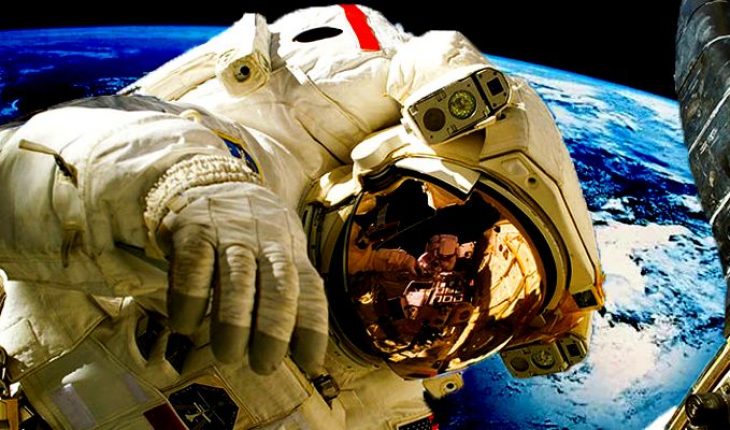In 1972, the cost of a suit was between $15 million and $22 million, which equates to about $487,287,966.65 million today. Having not had missions since, NASA had a shortage of suits.
In 2010, more than 200 million developments were invested, prototypes are available, but no new suits are available yet.
Development is very expensive, because they are extremely complex machines that fit the human body. Suits protect the body from the vacuum of space, radiation, and other aspects. They provide astronauts with oxygen, communications and other things to survive.
The costumes currently worn by NASA are 40 years old. 18 were made for the 1974 missions and have exceeded their scheduled 15-year lifespan. The cost
On the Quora platform, some users accounted for several aspects that must be taken into account, to develop a space suit. It is estimated that the base cost of a single suit is close to $12 million, just build it from scratch.
1. Gold-plated visor
The helmet visor is gold-plated. This material reflects infrared radiation from space, which can cause the astronaut to not see clearly. There are other components that contribute to raising the cost: communication systems, pressure stabilizers and others. However, nothing is more expensive than gold.
2. Keep the temperature
To withstand extreme temperatures, most suits are heavily insulated with layers of fabrics (Neoprene, Gore-Te, Dacron). They are covered with other layers of white fabric to reflect the sun.
3. Internal cooling systems
They usually wear a liquid ventilation and cooling garment to maintain a comfortable body temperature. The liquid cooling and ventilation garment circulates cold water, through a network of hoses that come into contact with the astronaut’s skin. This costs between $3 million and $5 million.
4. Vital support systems
It’s probably the most expensive, big and heavy thing: the life support system. It consists of cables, pressure control, micrometeorte protection, EVA (extravehicular activity) controls, oxygen tanks and filtration units.
translated from Spanish: This is the approximate cost of an astronaut suit
July 30, 2020 |





